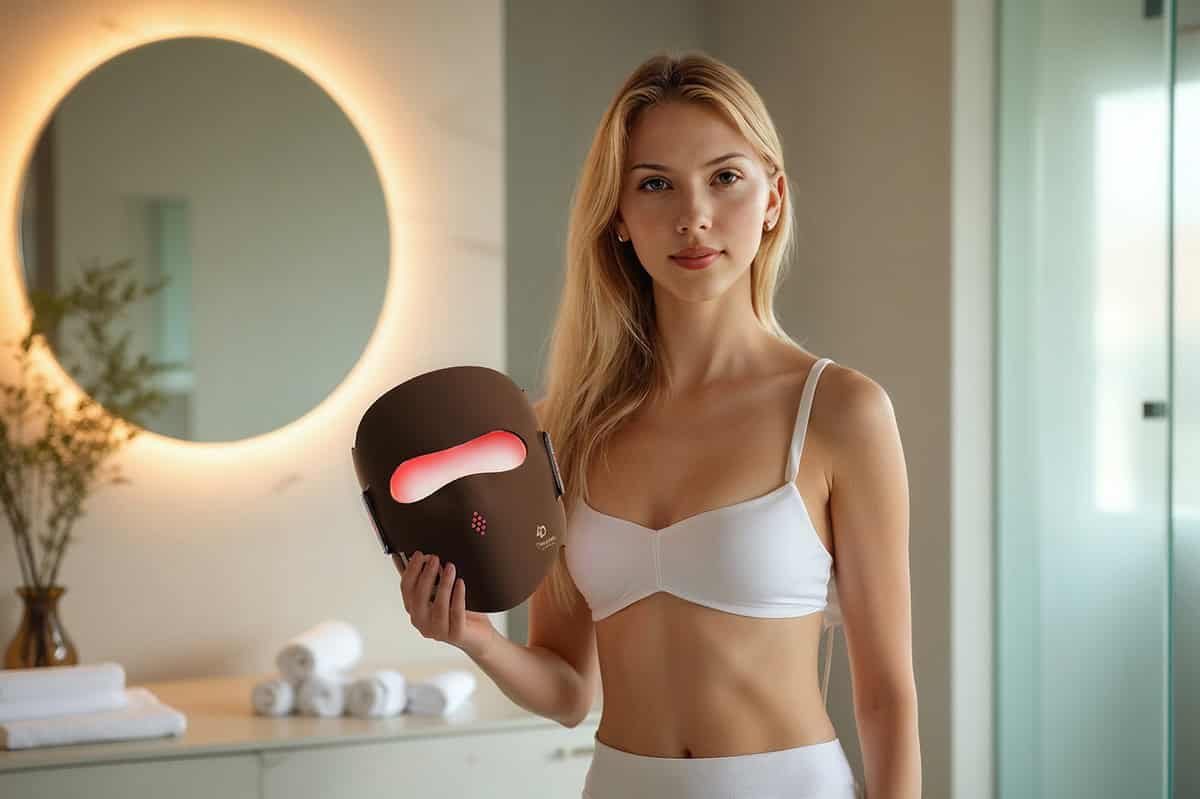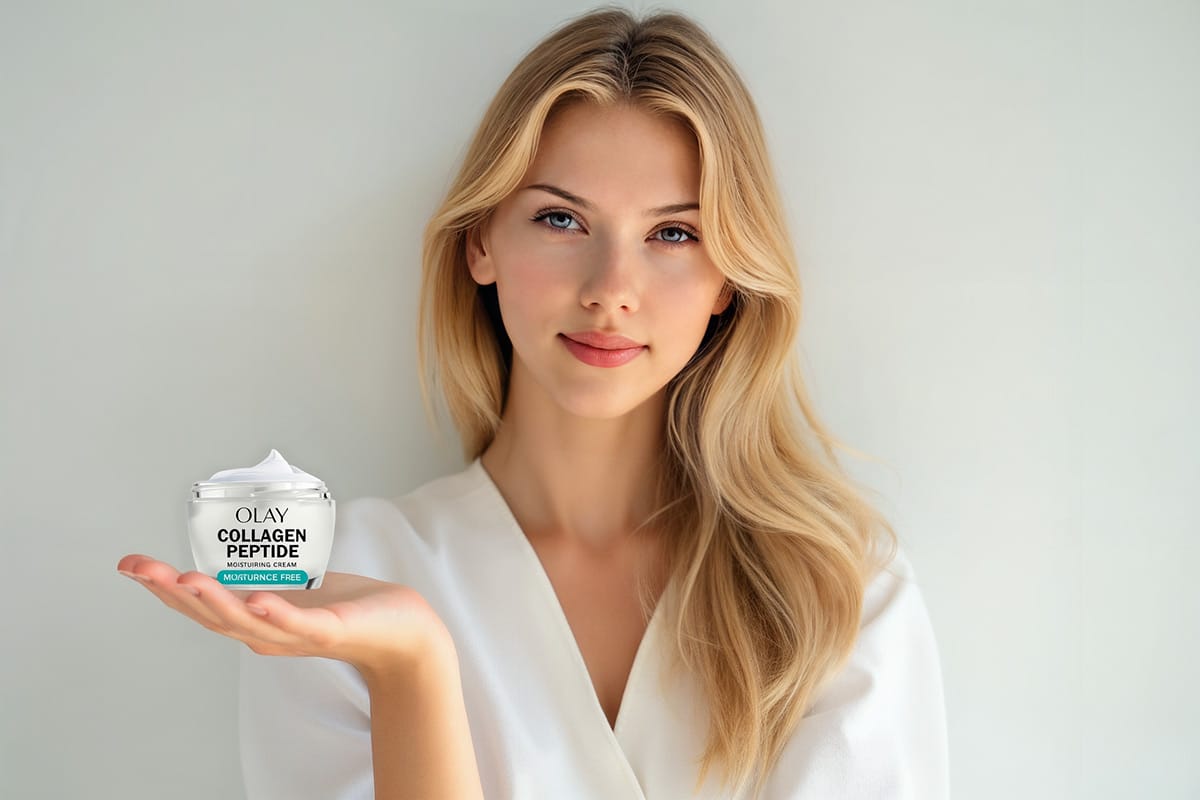The Role of Moisturizers in Modern Skincare
Moisturizers are more than a comfort product — they’re the foundation of healthy, balanced skin. The best moisturizers 2025 aren’t about hype or price tags; they’re about formulas that protect your barrier, restore hydration, and deliver results rooted in skin science.
According to the American Academy of Dermatology, dry winter air and indoor heating can deplete the outer lipid layer, leading to tightness, irritation, and loss of radiance.
A good formula doesn’t simply “add moisture.” It combines:
- Humectants (to pull water into the skin)
- Emollients (to smooth cells)
- Occlusives (to lock hydration in place)
When these three elements work in harmony, they prevent transepidermal water loss (TEWL) — the invisible evaporation that ages skin prematurely.
Understanding Ingredients That Matter in 2025
Innovation in 2025 is less about exotic extracts and more about how familiar ingredients are engineered.
- Hyaluronic Acid – Modern formulations blend high-, mid-, and low-molecular weights to reach multiple skin layers.
- Ceramides & Fatty Acids – Rebuild the barrier’s structure; crucial for anyone using retinoids or exfoliants.
- Peptides – Short chains of amino acids that signal the skin to produce collagen and elastin.
- Niacinamide – Reduces redness, strengthens barrier lipids, and helps regulate sebum.
- Panthenol (Vitamin B5) – Calms irritation while improving water retention.
Peer-reviewed research, such as the Journal of Cosmetic Dermatology, supports the synergy of humectants + lipid repair agents as the most effective long-term hydration strategy.
Choosing by Skin Type
Dry Skin
Seek thick, emollient-rich creams with ceramides, shea butter, and squalane. These mimic the skin’s natural oils and replenish missing lipids.
Oily Skin
Lightweight gels or emulsions are best. Look for non-comedogenic ingredients like glycerin or niacinamide that hydrate without clogging pores.
Combination Skin
Balance is key — a mid-weight lotion with humectants for dry zones and mattifying agents for oil-prone areas.
Sensitive Skin
Opt for fragrance-free, minimal-ingredient formulations. The National Eczema Association recommends products tested for low irritancy and barrier support.
Mature Skin
Moisturizers containing peptides, cholesterol, and natural oils improve firmness and elasticity while reducing TEWL.
For a seasonal approach, see Winter Skincare 2025 — The Radiance Edit That Actually Glows.
The Rise of Smart Moisturizers in 2025
Technology is transforming hydration. “Smart” moisturizers now adjust to environmental humidity and temperature, delivering adaptive hydration throughout the day.
Formulators are also embracing sustainability — biodegradable emulsifiers, refillable packaging, and vegan ceramide alternatives.
Sources like In-Cosmetics Global and Cosmetics & Toiletries Science Applied predict that personalization and climate-responsive formulations will dominate 2025.
How to Layer Moisturizer Effectively
- Apply to damp skin. Moisture binds better when the surface is slightly hydrated.
- Follow the right order: serum → moisturizer → occlusive (if needed).
- Don’t over-layer. Excess product can suffocate the skin and disrupt its microbiome.
- Night vs. day: use richer textures at night when skin repair peaks.
The Cleveland Clinic confirms that consistent, gentle hydration is more effective than heavy, occasional application.
Lyra Kade’s Takeaway
The best moisturizers of 2025 isn’t about trends or texture — it’s about connection. Your skin tells a story of balance, consistency, and care. When you listen to its needs, nourish its barrier, and protect it daily, radiance becomes second nature — a quiet reflection of how you care for yourself.
Glowing skin isn’t built overnight; it’s earned through small, deliberate rituals that honour your barrier every single day. True radiance is more than a finish — it’s a feeling, and the best moisturizers simply help reveal what’s already there.







